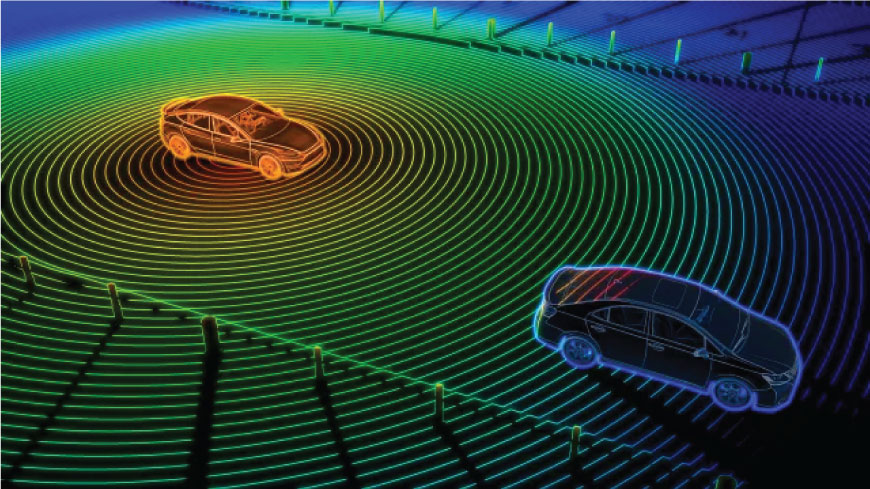The Essential Sensors Powering Autonomous Mobile Robots (AMRs)

Autonomous Mobile Robots: The Sensors That Make Them Tick
Autonomous Mobile Robots (AMRs) are revolutionizing industries by automating tasks and freeing up human workers for more complex roles. Their autonomy relies heavily on a sophisticated system of sensors that allow them to perceive and react to their environment in real time. This post explores the key sensor technologies that power AMRs.
Vision Sensors: The Eyes of the AMR
Visual sensors, including various types of cameras, are crucial for AMRs to "see" and understand their surroundings. These sensors capture light, process it into digital signals, and enable the AMR to identify objects, navigate, and make informed decisions. Different camera types offer varying capabilities:
- Monocular Cameras: Function like standard cameras, capturing 2D images.
- Light Field Cameras: Enhanced monocular cameras providing more accurate depth information.
- Stereo Cameras: Mimic human vision with two cameras for advanced depth perception.
- RGBD Cameras: Combine color (RGB) and depth (D) information for a comprehensive view.
- Event Cameras: Record pixel changes, ideal for tracking motion and dynamic environments.
Inertial Measurement Units (IMUs): Guiding Movement
IMUs are essential for tracking an AMR's movement and orientation. Comprising a gyroscope, accelerometer, and magnetometer, IMUs measure acceleration, angular velocity, and direction, enabling precise navigation.
Ultrasonic Sensors: Detecting Obstacles
Ultrasonic sensors use sound waves to detect nearby objects, crucial for collision avoidance. They measure the distance to objects by emitting sound waves and analyzing their reflections.
IR Sensors: Object Detection in Variable Light
IR sensors detect objects by measuring heat signatures and light intensity. They can also function as proximity sensors and motion detectors, enabling AMRs to operate in diverse lighting conditions.
LiDAR Sensors: High-Accuracy Detection and Mapping
LiDAR uses laser beams to create detailed 3D models of the environment. This data allows AMRs to navigate, recognize objects, and even localize themselves with high accuracy. AI-enhanced LiDAR further improves navigation in complex environments.
RF Technology: Ensuring Localization
RF technology, using beacon stations and radio signals, provides another method for AMR localization. This approach allows for tracking across entire facilities, even through walls and doors. Two main methods include geometry-based localization and fingerprint localization.
The combined use of these diverse sensor technologies is what enables AMRs to operate safely and efficiently in a wide range of environments, performing tasks and freeing human workers for more strategic activities.
